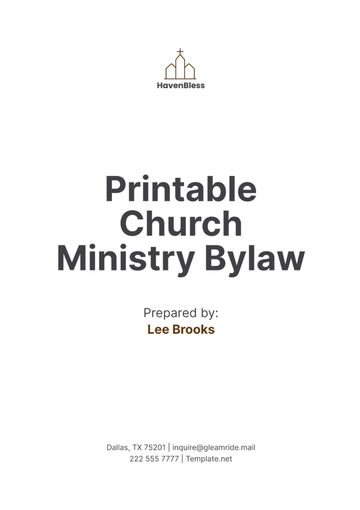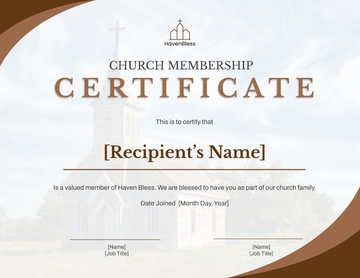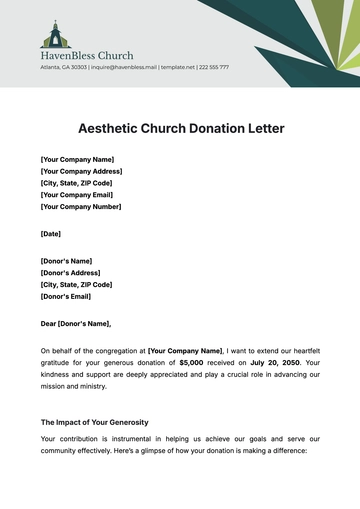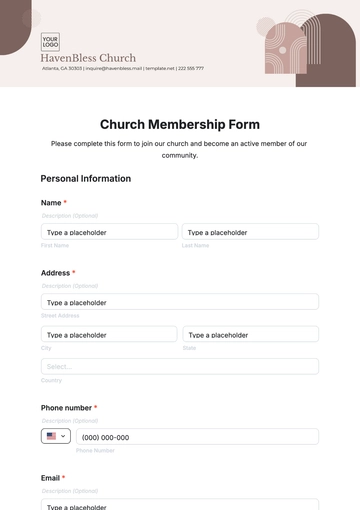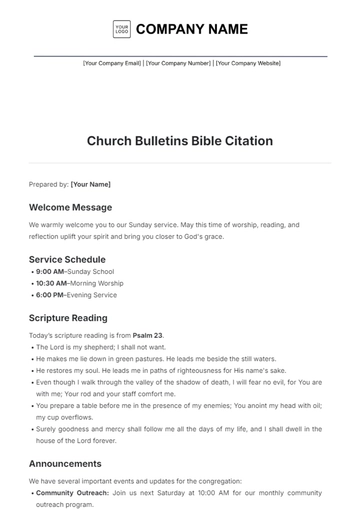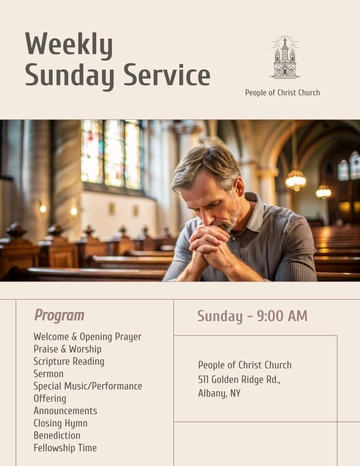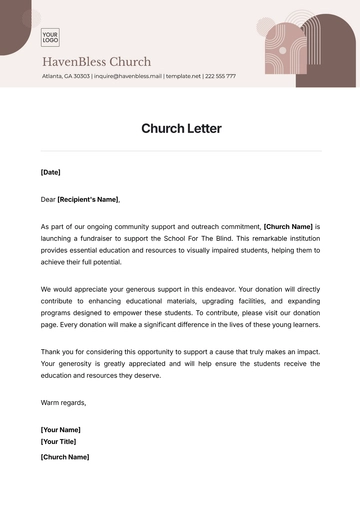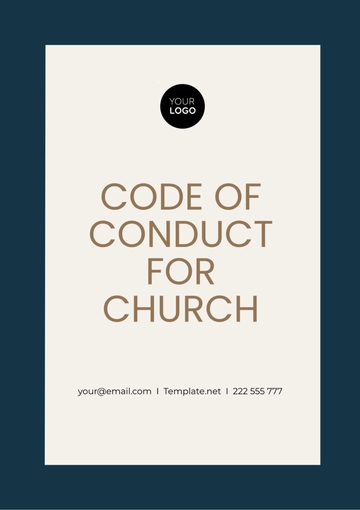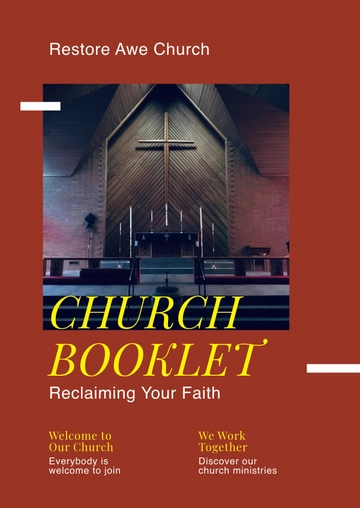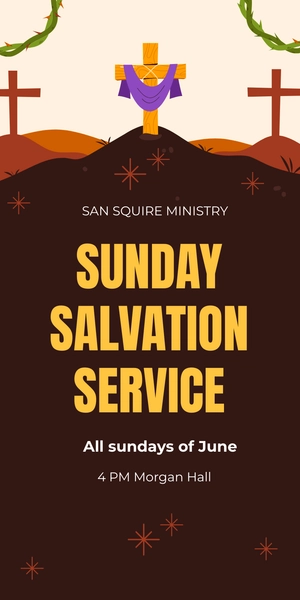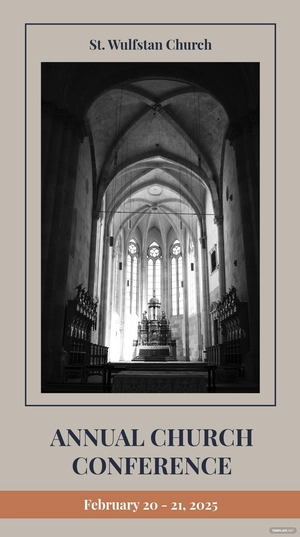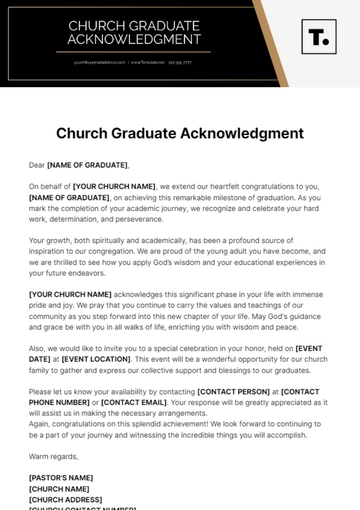Free Church Board of Directors Bylaw Outline
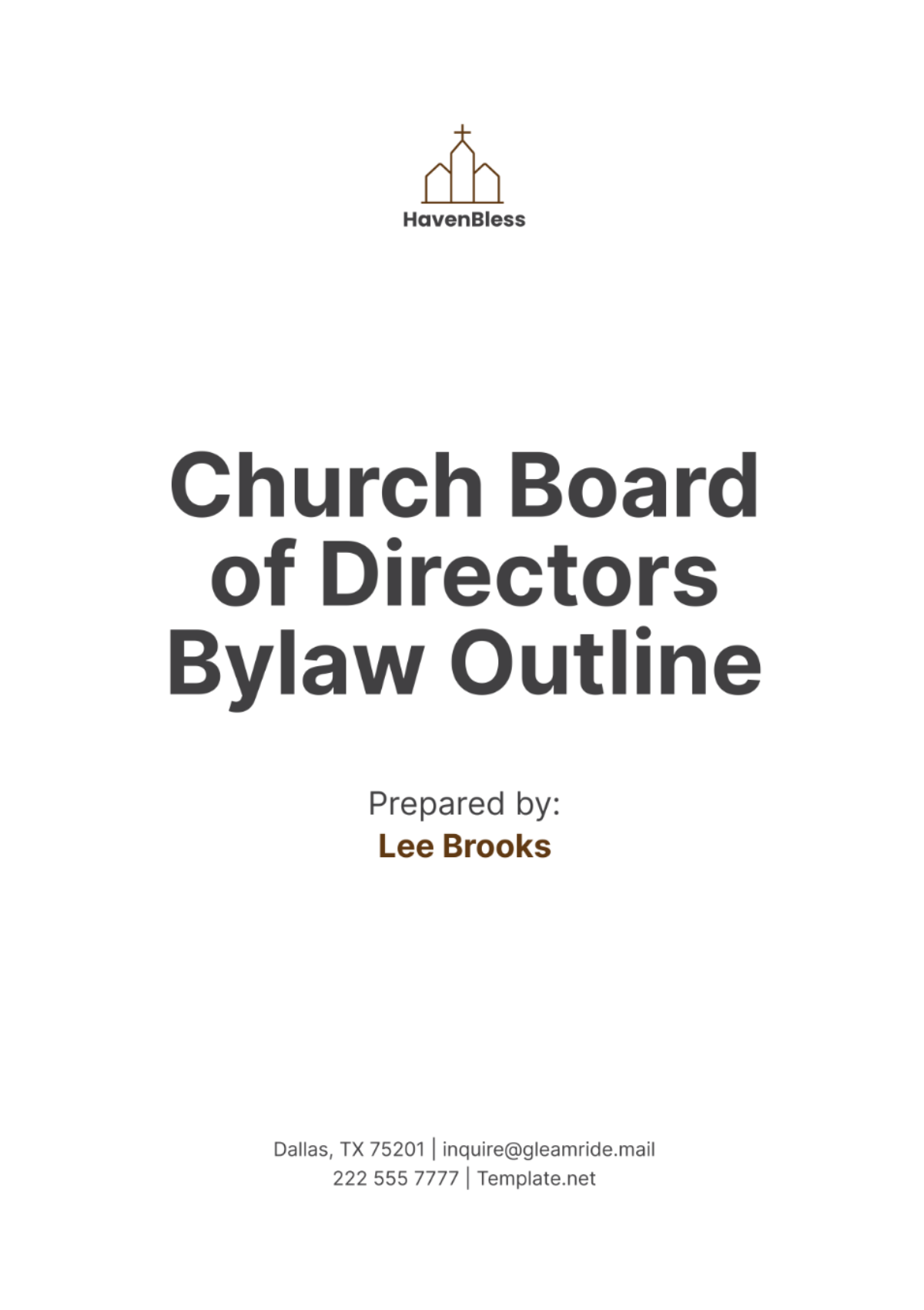
I. Introduction
A. Purpose
Overview of the Bylaws
(These bylaws serve as the fundamental rules governing the operation and management of the church, ensuring consistency and clarity in decision-making.)
Objective of Governing the Church
(Outline the structure and responsibilities of the board to effectively guide the church towards its mission and goals.)
B. Definitions
Key Terms and Phrases
(Provide clarity on specific terminology to avoid misunderstandings and ensure uniform interpretation of the bylaws.)
Explanation of Commonly Used Terms
(Define terms such as "quorum," "conflict of interest," and "indemnification" to ensure all members have a common understanding.0
II. Name and Purpose
A. Church Name
Official Name of the Church
(The bylaws state the legal name of the church as recognized by relevant authorities.)
Name Use in Official Documents
(This ensures consistency in all legal and administrative documents related to the church.)
B. Mission Statement
Purpose and Goals
(Provide a comprehensive overview of the main goals and fundamental values that serve as the driving force behind the church's mission and activities.)
Statement of Faith
(Provide a comprehensive description and detailed explanation of the fundamental principles, core beliefs, and intrinsic values that form the foundation of the church’s mission, drive its purpose, guide its actions, and influence its overall operations and practices.
III. Governance Structure
A. Board Composition
Number of Members
(Specify the total number of board members required to serve on the board, ensuring adequate representation and decision-making capacity.)
Qualifications for Board Members
(Provide the criteria for board membership, including personal, professional, and spiritual qualifications.)
Term Limits and Conditions for Re-election
(Define the length of service terms and conditions under which members may be re-elected or appointed.)
B. Officers
Titles and Roles
(Describe the specific titles and responsibilities of each officer to ensure clear role definition.)
Duties and Responsibilities
(Outline the specific tasks and functions each officer is expected to perform to facilitate effective governance.)
Election and Appointment Procedures
(Describe the process for electing or appointing officers, including nomination, voting, and term conditions.)
IV. Board Meetings
A. Frequency
Regular Meeting Schedule
(Specify how often the board meets to conduct its business, ensuring regular oversight and decision-making.)
Special or Emergency Meetings
(Define procedures for calling and conducting meetings outside the regular schedule for urgent matters.)
B. Notice
Requirements for Providing Notice of Meetings
(Outline the required notice period and method of communication to ensure all members are informed in advance.)
Methods of Notification
(Outline suitable approaches for distributing meeting notifications that guarantee openness and ease of access.)
C. Quorum
Definition of a Quorum
(Provide the necessary information regarding the minimum number of members that must be in attendance in order for the board to have the quorum required to legally and officially conduct its business activities.)
Procedures if a Quorum is Not Met
(Provide guidance on how to proceed if the quorum requirement is not met, including potential rescheduling or alternate actions.)
D. Voting
Voting Procedures and Methods
(Describe how votes are conducted, including methods such as show of hands, written ballots, or electronic voting.)
Types of Votes
(Define the thresholds for different types of decisions, ensuring clarity on how decisions are approved.)
Proxy Voting Policies
(Outline rules for proxy voting, including how proxies are designated and the limits of their authority.)
V. Duties and Responsibilities
A. General Duties
Overview of the Board’s Responsibilities
(Provide a summary of the board’s general roles, including governance, oversight, and strategic direction.)
Accountability and oversight
(Define the board’s role in holding the church’s management accountable and overseeing its activities.)
B. Specific Roles
Detailed Duties for Each Officer
(Enumerate the specific responsibilities and functions of each officer to ensure effective operation.)
Responsibilities for Board Committees
(Outline the roles and duties of various board committees, ensuring they support the board's objectives.)
VI. Committees
A. Formation
Process for Establishing Committees
(Describe how committees are created, including the authority and procedures for their formation.)
Duration and Dissolution of Committees
(Define how long committees will function and the process for disbanding them when their tasks are complete.)
B. Types
Standing Committees
(List the types of permanent committees, their purposes, and how they support the board’s work.)
Ad-hoc Committees
(Provide information on temporary committees formed for specific tasks or projects, including their scope and duration.)
C. Powers and Responsibilities
Authority and Scope of Each Committee
(Specify the powers granted to each committee and the limits of their authority.)
Reporting Requirements to the Board
(Detail the expectations for how committees report their activities and findings to the board.)
VII. Financial Management
A. Budget
Budget Preparation Process
(Outline the procedures for creating and reviewing the annual budget, including input from various stakeholders.)
Approval and Review Procedures
(Detail the process for approving the budget and ongoing review to ensure financial stability and alignment with goals.)
B. Financial Oversight
Financial Management Practices
(Describe the policies and procedures for managing the church’s finances, including controls and audits.)
Procedures for Financial Reporting
(Specify how financial reports are prepared, reviewed, and presented to the board for oversight.)
C. Audits
Frequency and Scope of Audits
(Define how often financial audits are conducted and the extent of their coverage.)
Appointment of Auditors
(Detail the process for selecting and appointing independent auditors to review the church’s financial practices.)
VIII. Amendments
A. Process
Procedure for Proposing Amendments
(Describe how amendments to the bylaws can be proposed, including submission and review procedures.)
Review and Discussion Process
(Outline the steps for discussing and reviewing proposed amendments before voting.)
B. Approval
Requirements for Approving Amendments
(Specify the voting thresholds and procedures required to approve changes to the bylaws.)
Voting Thresholds Needed for Amendments
(Define the percentage or number of votes required for an amendment to pass.)
IX. Conflict of Interest
A. Policy
Definition and Examples of Conflicts of Interest
(Provide definitions and examples of situations that may constitute a conflict of interest.)
Disclosure Requirements
(Outline the procedures for disclosing potential conflicts to ensure transparency and integrity.)
B. Procedures
Steps for Addressing Conflicts of Interest
(Detail the process for managing and resolving conflicts, including recusal and remediation steps.)
Recusal Procedures
(Define when and how board members should recuse themselves from discussions or decisions where a conflict exists.)
X. Indemnification
A. Protection
Provisions for Indemnifying Board Members
(Describe the protections provided to board members against personal liability for actions taken in their official capacity.)
Scope and Limitations of Indemnification
(Specify the extent of indemnification and any limitations or exclusions.)
B. Insurance
Types of Insurance Coverage Provided
(Outline the types of insurance available to protect board members and the church.)
Procedures for Claims
(Detail the process for filing and handling insurance claims related to indemnification.)
XI. Miscellaneous
A. Records
Maintenance and Accessibility of Records
(Describe how church records are maintained, stored, and made accessible to authorized individuals.)
Retention Policies
(Define how long different types of records should be kept and procedures for their disposal.)
B. Dissolution
Procedures for Dissolving the Board or Church
(Outline the steps for legally dissolving the board or the entire church organization, if necessary.)
Distribution of Assets Upon Dissolution
(Specify how church assets will be distributed or managed in the event of dissolution, in accordance with legal and organizational guidelines.)
XII. Adoption
A. Effective Date
(Specify the date on which the bylaws will become effective and enforceable.)
B. Signatures
Signatures of Board Members
(Include space for the signatures of board members or other authorized individuals to formally adopt the bylaws.)
Date of adoption
(Record the date when the bylaws were officially adopted and signed.)
- 100% Customizable, free editor
- Access 1 Million+ Templates, photo’s & graphics
- Download or share as a template
- Click and replace photos, graphics, text, backgrounds
- Resize, crop, AI write & more
- Access advanced editor
Organize your church governance effortlessly with the Church Board of Directors Bylaw Outline Template from Template.net. This fully editable and customizable template simplifies the creation of comprehensive bylaws, ensuring clear and effective board management. With the integrated AI Editor Tool, tailor every detail to your church’s needs, enhancing accuracy and efficiency in governance.
